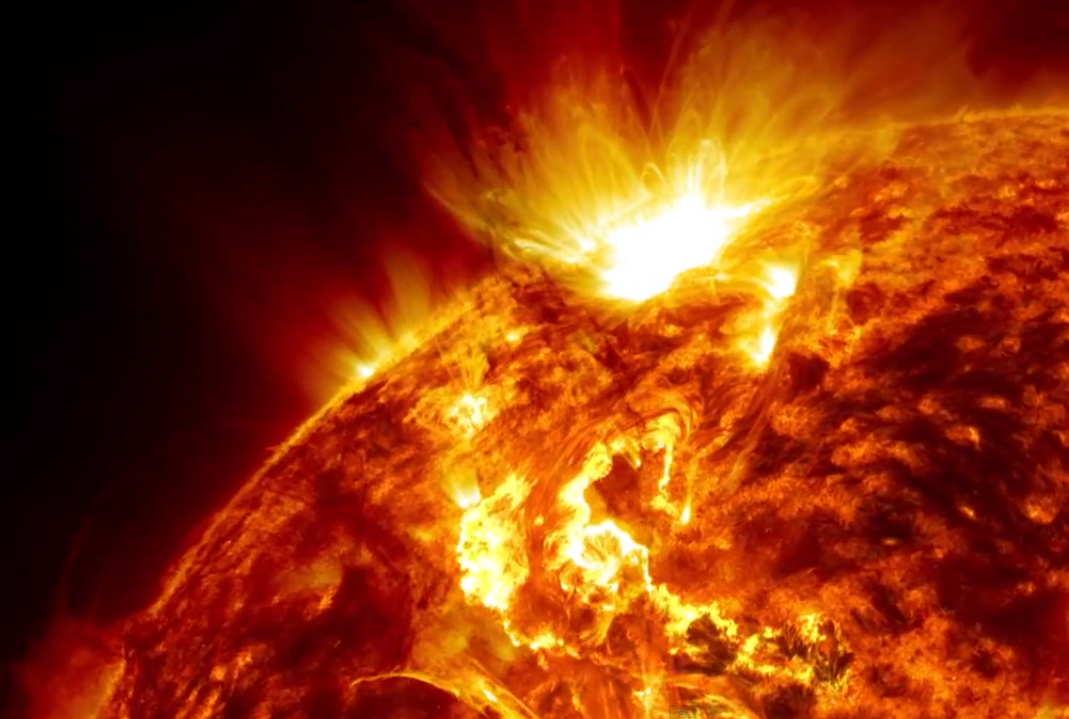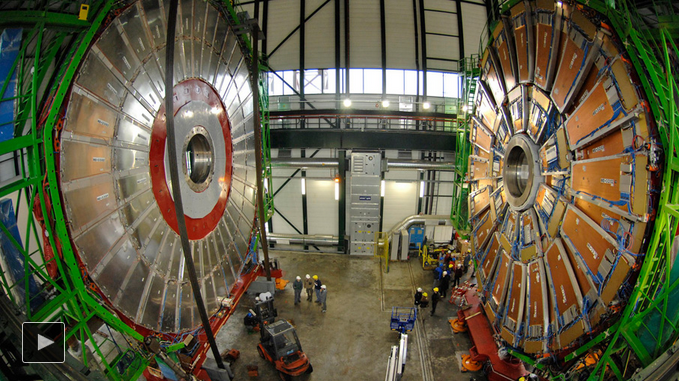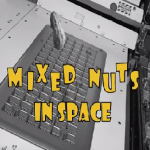Welcome to OGT week! Due to our wacky schedule, your assignments will vary by class, so this week’s blog is organized by period rather than subject. Physics is listed first.
Note to ALL physics classes: 1.) Your research paragraphs about your personal learning goals for unit 6 are due on Monday, March 18 by 3:00. Please upload them to TurnItIn.com by the deadline. I can’t wait to read them! 🙂 2.) Your centripetal force lab reports are due on Wednesday, March 20 at the start of your class period. Uploads to TurnItIn.com are due by Friday, March 22 at 3:00.
This week in 3rd period physics: In our double period on Monday, we’ll do assignment 2 followed by a mini-lab in which we’ll analyze planetary orbits using an online gravity simulator. In our double period on Wednesday we will tie up loose ends in preparation to take the unit 6 test next Monday. On Wednesday we may also do some enrichment experiments with momentum. Next week we jump off of the mechanics branch of physics and land on the electricity branch. FUN!
This week in 6th period physics: On Monday we will take a quiz over the learning goals related to circular motion. We’ll also do assignment 2 followed by a mini-lab in which we’ll analyze planetary orbits using an online gravity simulator. On Wednesday we’ll take the unit 6 test. Then it’s off to the races as we engage in a mini-engineering challenge: mousetrap cars! Your job will be to design a vehicle powered only by the elastic potential energy in a mousetrap. Whoever’s car goes the farthest wins excessive amounts of glory. Next week we enter a totally new topic: electricity!
This week in 11th period physics: We will barely see each other! On Tuesday we only meet for 38 minutes, during which we’ll finish discussing assignment 2, which you completed for Friday, and we’ll spend a little more time examining gravity, planetary orbits, and practicing calculations. With such limited time, it will be very helpful if you rewatch Podcast 5 – Gravity and Podcast 6 – Center of Mass, Gravity, and Planetary Orbits before class on Tuesday. We again have a single period on Friday, which is when we’ll tie up loose ends to prepare us to take the unit 6 test next Monday. Next week we get to start one of my super favorite topics ever: electric circuits!
This week in 2nd period astronomy: We go to the moon! We will collect and analyze lots of data about the appearance and visibility times of the moon throughout the coming month in order to develop a model for the motion of the moon. This will continue into next week, but FIRST, you have an exciting assignment! For class on WEDNESDAY, please view and take notes on Moon Podcast 1 – Introduction and Orbit. (We will have covered some of it on Monday, but be sure to take notes from the podcast on the rest of the material. We’ll move quickly past it on Wednesday, so you’ll need to be prepared.) NOTE: Oy, these outdoor labs! Clouds remain in the forecast non-stop at night for the next week, so the Astronomy Unit 1 – Outdoor Lab due date is again delayed, this time until March 22nd. (This is getting old!) HOWEVER, we should have a lot of sun during the days, so you absolutely SHOULD start Astronomy Unit 2 – Outdoor Lab as soon as possible. The observations are spaced out, so you will need at least two weeks to complete it. It will be due the second day we return from spring break.
This week in 10th period astronomy: Everything from 2nd period astronomy applies except that the podcast notes are due on FRIDAY, which is the second time we’ll meet next week.
Cool science of the week: As you may know, privately-owned companies have entered the space race and are the likely sources of outward-bound transportation for humanity of the future. One of these private corporations plans to send a married couple on a 501 day trip in a tiny spaceship to orbit Mars in 2018…and they’re taking applications! (Moms? Dads? Interested?) Click here for a good article about this “Lewis and Clark” opportunity. Click the picture if you’d like to find out about the, um, grosser aspects of such a trip. (ick) Thank you, Ben, for reminding me of this news story!

In other Mars news, this is cool: Scientists using radar are mapping underground Martian riverbeds and islands that were buried long ago by lava. That’s not cool. That’s hot!















